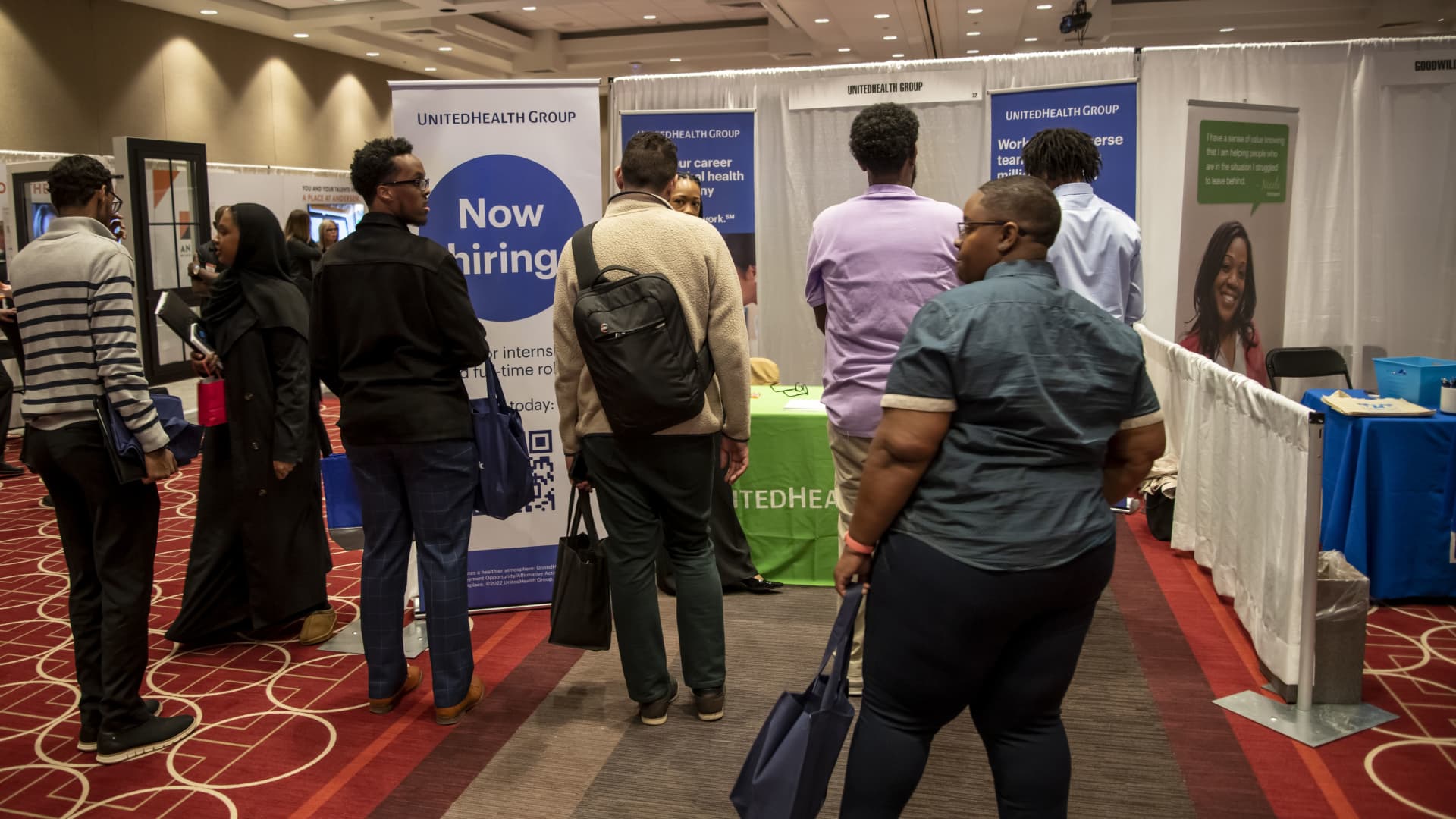Number of mortgages in coronavirus bailout program jumps 21,000 after declining for six straight weeks

Homes in the North Park neighborhood of San Diego, California, U.S., on Wednesday, Sept. 2, 2020. U.S. sales of previously owned homes surged by the most on record in July as lower mortgage rates continued to power a residential real estate market that’s proving a key source of strength for the economic recovery.
Bing Guan | Bloomberg | Getty Images
The number of mortgages in active pandemic-related bailout plans rose by 21,000 in the past week after declining for six straight weeks, according to Black Knight, a mortgage technology and analytics firm.
The increase was not across all mortgage types but among bank-held and private-labeled security loans (28,000), and, to a lesser extent, among FHA/VA loans (2,000). Those increases were offset by a decline of 9,000 Fannie Mae and Freddie Mac loans in forbearance.
The government and private sector forbearance programs, initiated at the start of the pandemic, allow borrowers to delay their monthly payments for at least three months and for up to a year. Forbearance is granted in three-month terms, and so far more than 75% of borrowers in bailouts are on extensions since March.
“As of the 29th [of September], nearly 800,000 forbearance plans were still set to expire in September, down from 2 million at the start of the month. The data is still coming in, but over the past week, we’ve seen a roughly 80% extension rate,” said Andy Walden, director of market research at Black Knight. “Given that there are another million plans for which October marks the last payment covered by forbearance, we should expect to see heightened levels of expiration/extension activity in the coming weeks.”
As of Tuesday, roughly 3.6 million homeowners remain in pandemic-related forbearance plans. That’s 6.8% of all active mortgages, representing $751 billion in unpaid principal.
While the weekly turn is troubling, over the past month active forbearance volumes have fallen by 305,000, or 8%. FHA and VA loans, which generally go to borrowers with lower incomes and lower down payments, are not recovering as well as the rest of the market. It is likely those borrowers are in jobs that have been hardest hit by the pandemic.
It is impossible to know specifically why more borrowers suddenly needed help on their mortgages, but it is a sign that all is not improving in the housing market. Some borrowers have been dipping into savings to make their monthly payments, and that may have now run dry. While the economy is adding jobs again, the unemployment rate is still high, and some borrowers are still clearly struggling.
By loan type, 4.7% of all Fannie and Freddie-backed loans are in forbearance, while 11.2% of all FHA/VA loans are. For private label and bank-held loans, that share is 7.3%.




